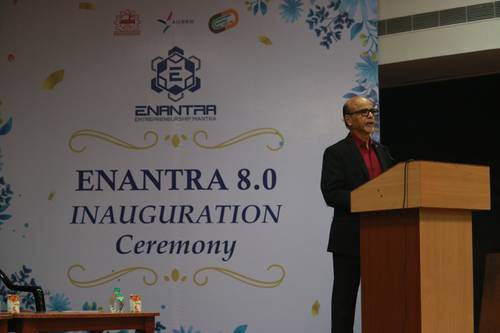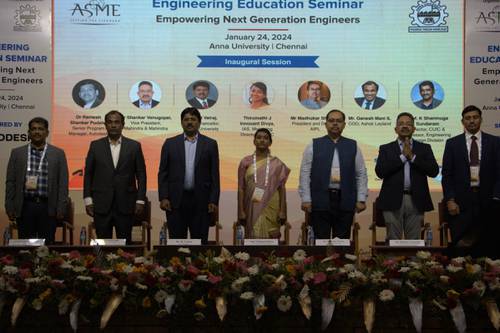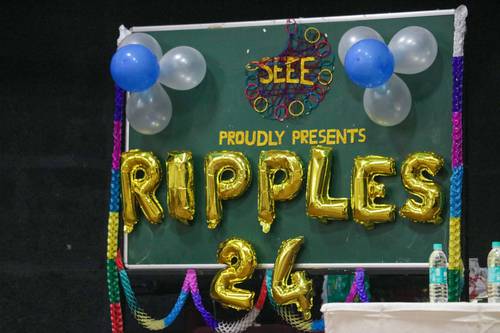Avidadham (meaning - the process of drug making), an International Conference on Recent Advances in Diagnosis and Treatment of Metabolic Disorders, catered to the young minds how metabolic disorders could be cured and showcased the recent technological advances. The two day event inaugurated at Anna University on March 18 had a diverse set of speakers who were invited for the oral presentation.
Dr. Lakshmipathi Vadlakonda, Cell Biology Professor who worked in Kakatiya University and is presently working in University of Hyderabad, spoke of the role of P13K-ATM-MTOR interactions in metabolic regulations and pathology, his core research areas being Enzyme Polymorphism, Cell Signalling and Metabolic Syndromes.
The model of a blockbuster drug was orally delivered by Dr. Swapna Sundar, an IP Strategist and patent agent. Some of her major publications include IP Smart Workbook, Trekking the Shola Grasslands and The Hut on the goldmine.
Dr. A.J. Hema Malini, Head of the Department of Sri Ramachandra University, spoke on metabolic syndrome and diet and how a diet that comprises of reduced glycaemia would improve insulin sensitivity.
Dr. Nihal Thomas from Department of Endocrinology, Diabetes and Metabolism of Christian Medical College, Vellore, shared novel sights into the pathogenesis of diabetes in India-“The Vellore Story- From Womb to Tomb” and mentioned that their recent work had extended to using next generation sequencing technology for elucidating the aetiology of Maturity onset diabetes of the Young
(MODY).
The second day of the event begun with Dr.Swagatika Sahoo, Professor of Inherited Metabolic Disorders from Indian Institute of Technology, Madras, speaking about metabolic modelling of inherited metabolic disorders and mentioning the models integrate the genetic, physiological and biochemical information which serve as the best platform to understand the diseases.
Dr. S. Sahoo was followed by Dr. Ramesh Kanagarajan from Syngene International Limited who delivered an introduction of lipids, cardiovascular disease, HDL and its mechanism along with CETP Biology and Torcetrapib development.
Shortly after, Dr. Vetriselvi, an Associate Professor from Sri Ramachandra Medical College, spoke about molecular diagnosis of metabolic disorders and how specific molecular technique can be identified based on the screening of common mutations. Dr. V. Bhuvarahamurthy, Head of the Department of Medical Biochemistry from University of Madras, explained about Liposomal storage disease: animal model and mechanism of pathogenicity.
Lastly, Dr. Sankaran, a Professor from Anna University, educated the audience of Prolipoprotein Diacylglyceryl Transferase (LGT) – about it’s structure, functional uniqueness and antibiotic target. The talk covered the unique structural and functional features of this enzyme, and the possibilities of identifying its potent inhibitors for developing new antibacterial compound based on this essential post-translational modification.
It is clear that the audience gained rich and beneficial knowledge about different metabolic disorders.





